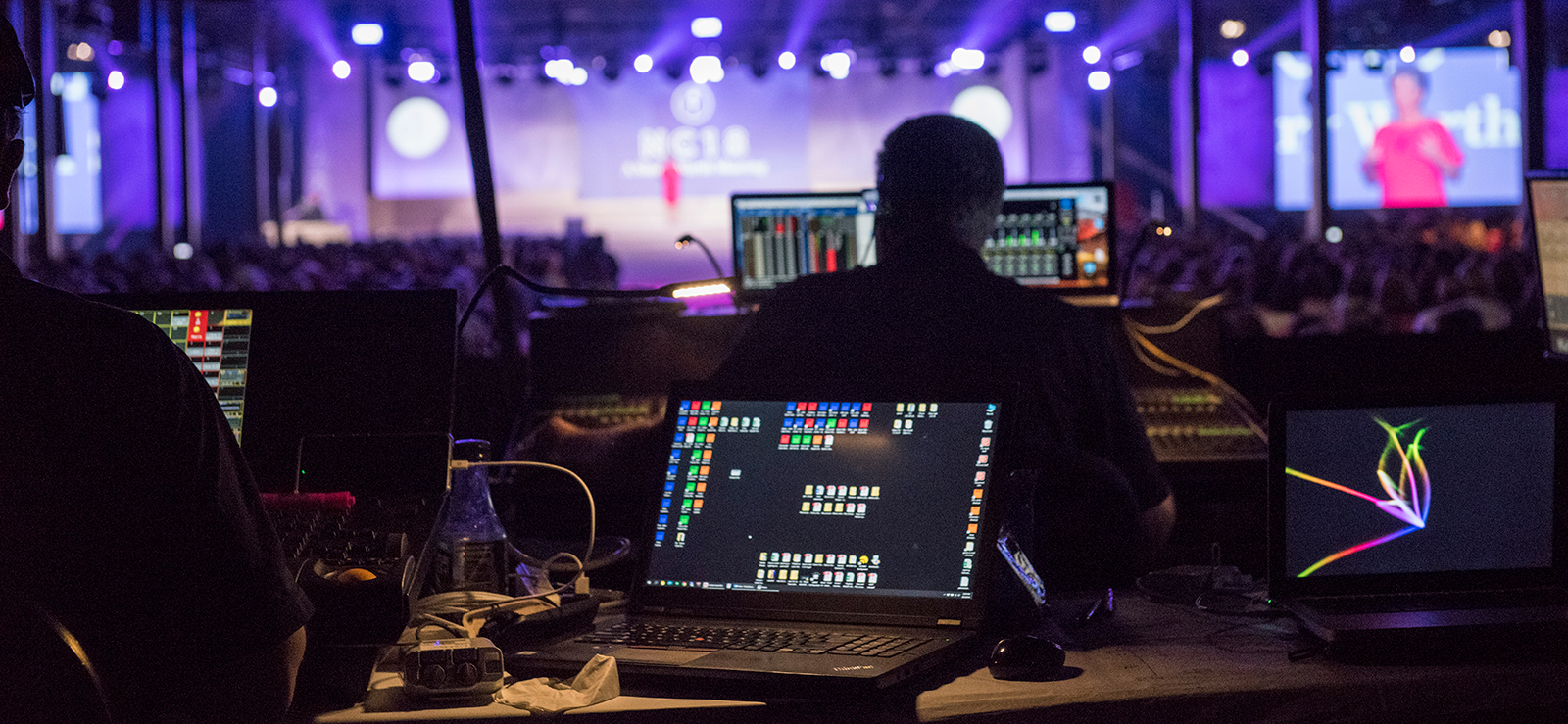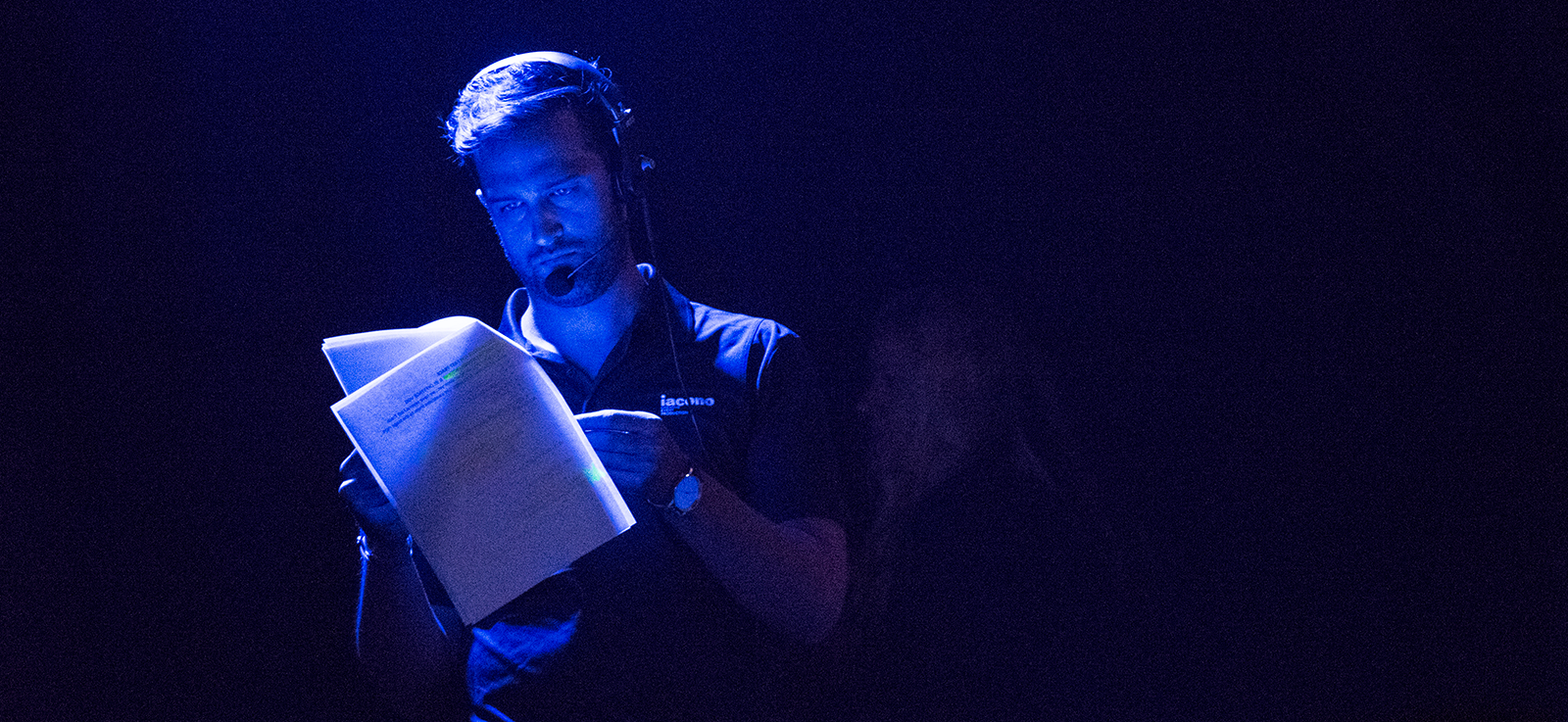How Is a Storyboard Created for a Video?
Creating a compelling video is no small task, and any successful production requires more than just an idea and a camera. A well-crafted storyboard is the foundation of your video’s narrative because it helps you fully convey your vision, structure scenes, and ensure a smooth production process.
But how do you create a storyboard that brings your concepts to life and keeps your team aligned? Here’s a step-by-step guide on how a storyboard is created for a video and things you should consider for yours.
Define Your Video’s Story and Objectives
The first step in creating a storyboard is defining the narrative and goals for your video. What’s the story you want to tell? Think about your audience and what action you want them to take after watching the video. Are you educating, entertaining, or advertising a product or service? Establishing a clear purpose and message guides every decision throughout the storyboard process.
If you’re developing a video ad highlighting a sustainable product, you might want the narrative to focus on a customer’s seamless experience integrating the product into their life. Be sure to consider the emotions you want to evoke and the key moments that will make your story memorable.
Break Your Video Into Key Scenes and Shots
Next, divide your narrative into individual scenes or sequences. Each scene should represent a distinct section of your story, whether it’s an introduction, a demonstration, or a conclusion. This breakdown is essential for organizing your thoughts and creating a logical flow for your video.
For instance, in a tutorial video, you might outline the opening with a friendly welcome, followed by a step-by-step process, and closing with a call-to-action. This ensures each moment flows naturally into the next and keeps viewers engaged.

Sketch Rough Visuals To Capture Each Scene
After outlining your key scenes, it’s time to bring them to life with rough sketches. These don’t need to be perfect; quick drawings or even simple stick figures will do. The purpose is to visualize what’s happening in each scene, from the camera angle to character positioning.
If your video starts with a sweeping overhead shot of a bustling café, your sketch can include the elements that should appear in the frame, such as customers chatting or baristas working. Visualizing scenes early on aligns your team and sparks creativity for further refinement.
Add Scene Descriptions and Detailed Notes
A storyboard isn’t complete without accompanying descriptions and notes that explain what’s happening in each scene. These notes should outline actions, dialogue, and any specific details about the setting or tone. Think of them as the glue that connects your visuals to the overarching story.
For example, if one of your scenes includes a close-up of a coffee cup, the notes might specify to focus on steam rising from the cup while soft instrumental music plays in the background. Including these details ensures your creative team knows precisely how to execute the shot.
Refine Your Sketches for Clearer Visuals
Once your rough sketches are complete, revisit them to confirm that they clearly communicate your vision. Refined visuals don’t need to be overly intricate, but they should contain enough detail to guide production accurately. This step is especially crucial if you have multiple teams involved, like your graphic design and video production teams.
Use clean lines, add colors or labels to distinguish focal points, and include any relevant props or wardrobe choices. If your storyboard communicates well visually, it reduces confusion later and saves time and money during production.
Arrange Scenes To Ensure a Logical Flow
Organizing your scenes into the right sequence brings your storyboard together. At this stage, you’ll determine how each moment transitions to the next. This is where you can test pacing and identify potential gaps in your narrative.
If your video includes a transition from an outdoor setting to an intimate indoor moment, you’ll want to make sure the shift feels natural. This could mean adding a transitional shot, such as a slow fade from a sunny exterior to a warmly lit interior, to maintain continuity.
Gather Feedback and Revise Your Storyboard
Even the most detailed storyboard can benefit from fresh perspectives. Share your initial version with key stakeholders or collaborators and invite constructive feedback. They might notice elements that need improvement or suggest new ideas that elevate the video.
For instance, a team member might point out that a scene feels too rushed or that a particular visual could be more powerful with a different angle. Take this feedback into account and refine your storyboard to create the best possible blueprint for production.

Transfer Your Storyboard to a Digital Format
After finalizing your sketches and notes, digitizing your storyboard elevates it to the next level. Using digital tools allows you to clean up your visuals and present your ideas more professionally. A digital format also makes it easier to share with your team or clients and incorporate updates as needed.
Digitized storyboards include additional elements like animation, moving arrows for visual direction, or embedded audio notes. This level of detail ensures your creative direction translates seamlessly during production.
Integrate the Storyboard Into Graphic Design and Production
The beauty of a well-crafted storyboard is that it acts as a bridge between pre-production and execution. Once your storyboard is complete, hand it over to your graphic design and video production teams. They’ll use it as a comprehensive guide for crafting animations, filming scenes, and ensuring every detail aligns with the original vision.
For example, if the storyboard specifies a scene with a heavy focus on lighting and color grading, the production team can incorporate those requirements into their setup. This collaboration across departments guarantees a cohesive final product.
Finalize and Distribute Your Storyboard
Before kicking off production, review your storyboard one last time to confirm there are no inconsistencies or missing elements. Once finalized, make sure it’s distributed to everyone involved in the project, from directors and videographers to editors and graphic designers. Clear communication and alignment on the storyboard pave the way for a smooth production process and helps your team bring your vision to life with precision and creativity.
Creating a storyboard for a video is a strategic, rewarding process that ensures your project stays on track and achieves its goals. By following these steps, you’ll have a visual roadmap that captures your narrative, engages your creative team, and drives meaningful production results.
If you’re ready to elevate your storytelling and streamline your video production, get started with the team at L!VE so that we can turn your storyboard ideas into reality. The next great scene awaits.